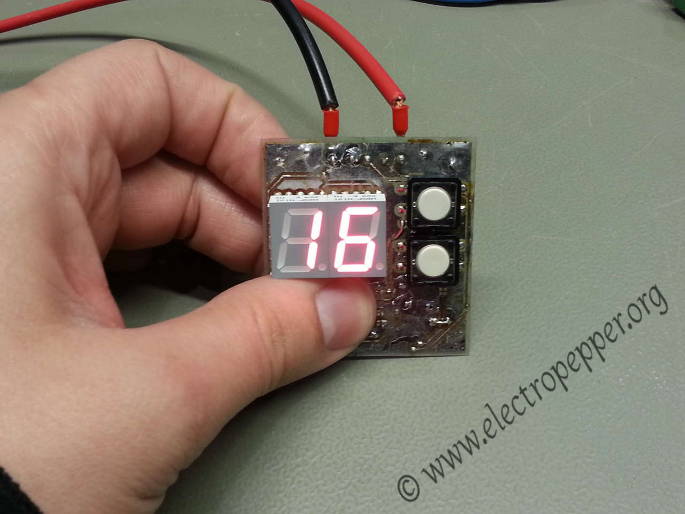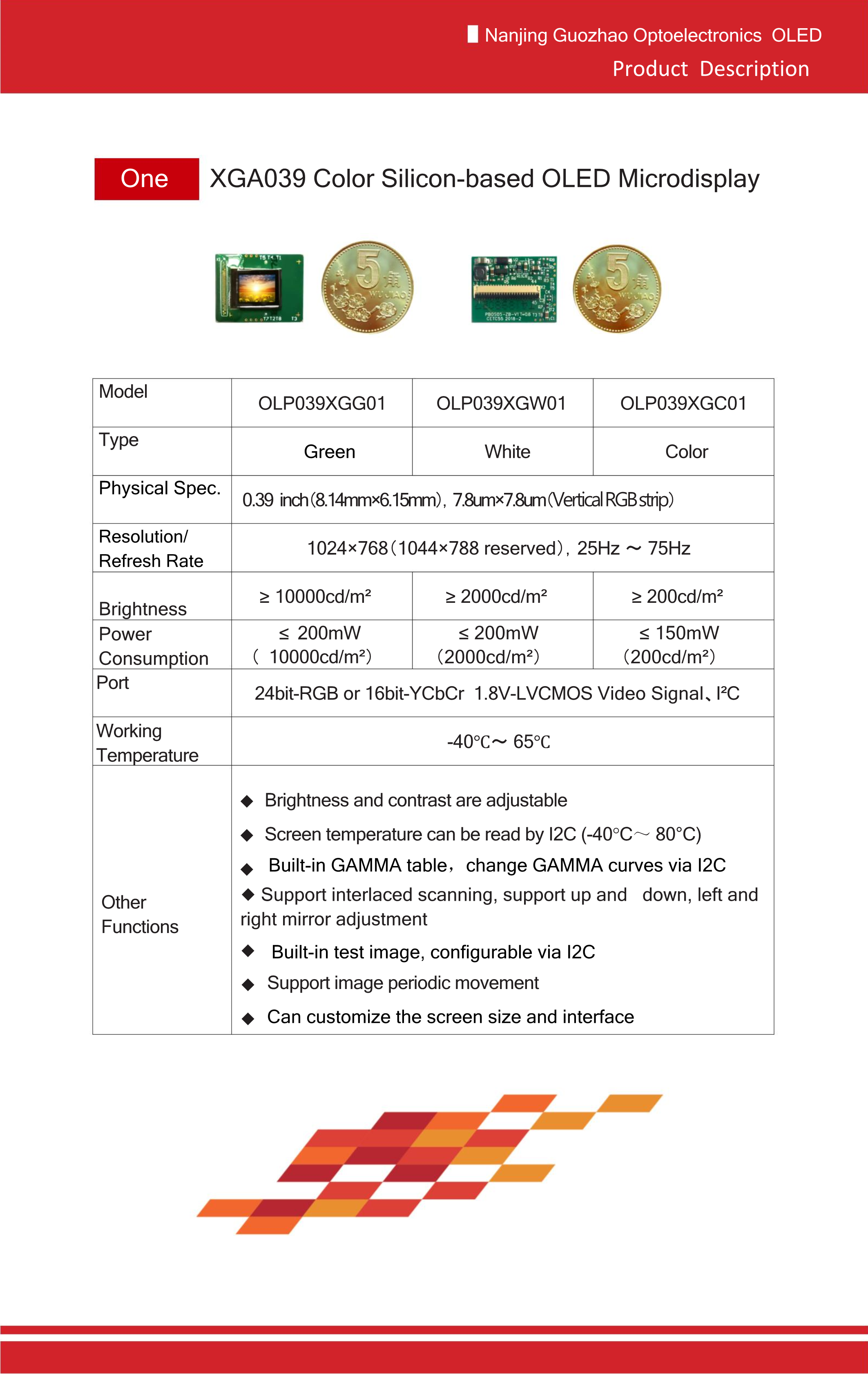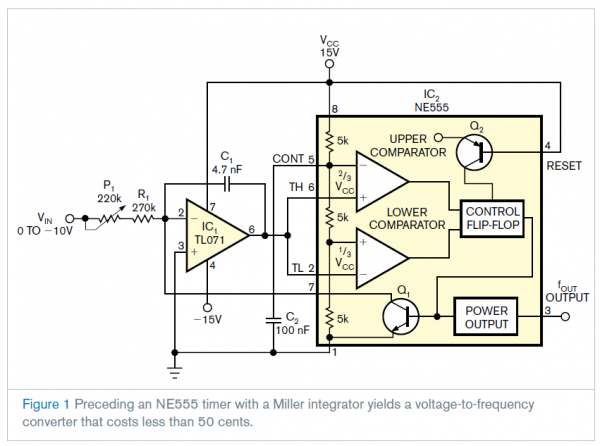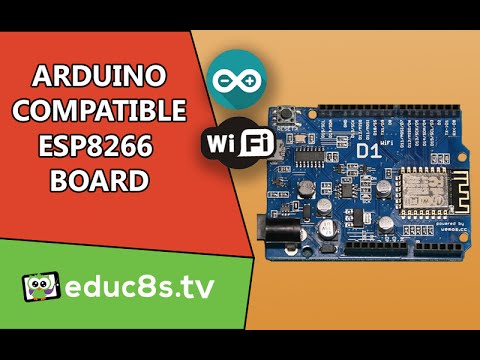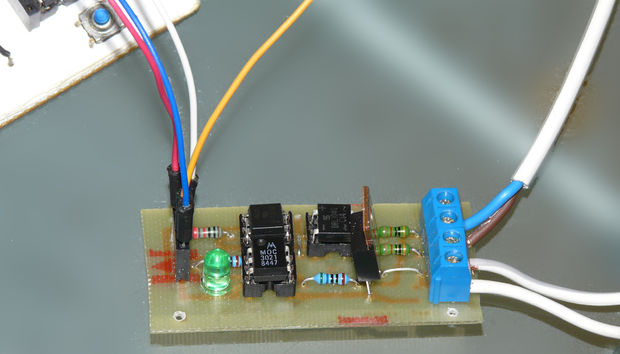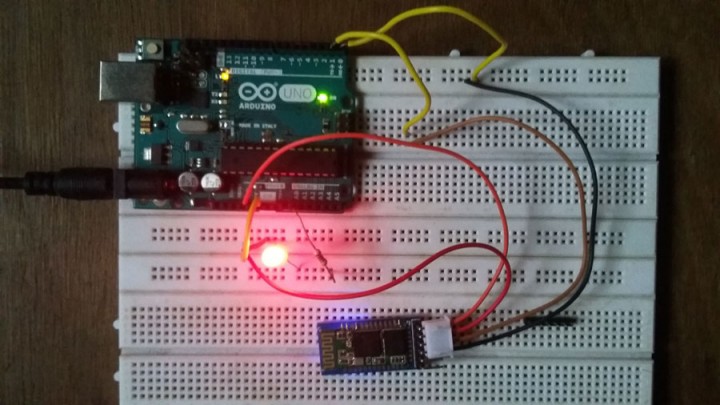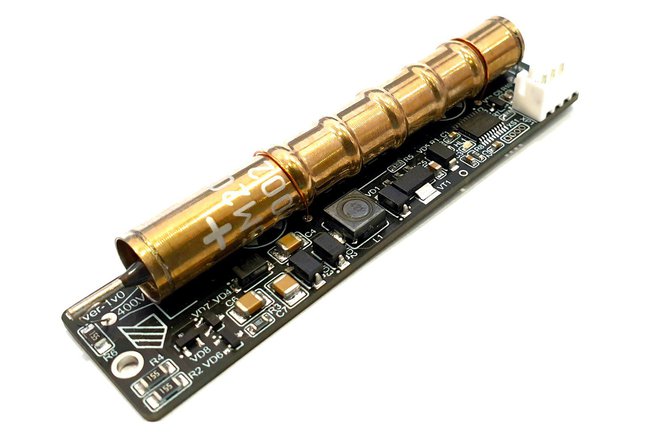
A dosimeter is an extensively used device for measuring ionizing radiation. Modern electronic personal dosimeters can be worn by a person to monitor the dose of radiation received. These modern dosimeters can give a continuous readout of cumulative dose and current dose rate and can warn the wearer with an audible alarm when a specified dose rate or a cumulative dose is exceeded. Electronic personal dosimeters are the most common type. They use LEDs or LCDs to display the radiation intensity, allow alarm warnings at preset levels, record accumulated dose, and can be reset after taking a reading for record purposes.
The RadSens module, designed by ClimateGuard, is an ultracompact Arduino dosimeter. It serves as a radiometer and dosimeter based on the tried and tested gas-discharge Geiger-Muller counter SBM 20-1. The iconic SMB20-1 tube is a standard testing element in many DIY and professional Geiger counters. It is sensitive to beta and gamma radiation. These tubes operate from 350 to 475 V DC for which an onboard 400V voltage generator is employed. The RadSens module, additionally, supports different gas-discharge Geiger-Muller counters (like J305, M4011, STS-5, or others with anode voltage between 380 – 440 volts.). The tube can be changed and soldered directly through holes in the board.
At the core of the dosimeter is an STM32 microcontroller. The data received from the Geiger counter tube is transmitted via the I2C interface. Fine-tuning of the counter sensitivity is also supported. The RadSens module can work as a standalone device where the module acts as a simple indicator. The flashing intensity of the built-in LED indicates how high the radiation level is. With an increase in radiation, the blinking frequency will increase proportionally and vice versa.
It can also work as a part of an external Arduino, STM, Raspberry microcontroller, or as part of your device. To run the board one can use the sketch example or their libraries on GITHUB.
The RadSens board generates three values: radiation intensity with an averaging algorithm for accurate measurement of radiation over a long period (500s), radiation intensity with an algorithm with a dynamic range of calculation time for registering local sources of pollution, and the number of registered impulses since the last request to the I2C. Impulse registration, calculation algorithms, and data transmission via I2C with a frequency up to 400kHz are all implemented on the MCU installed on the board. The sensor works in the slave mode, and the description of registers is available here.
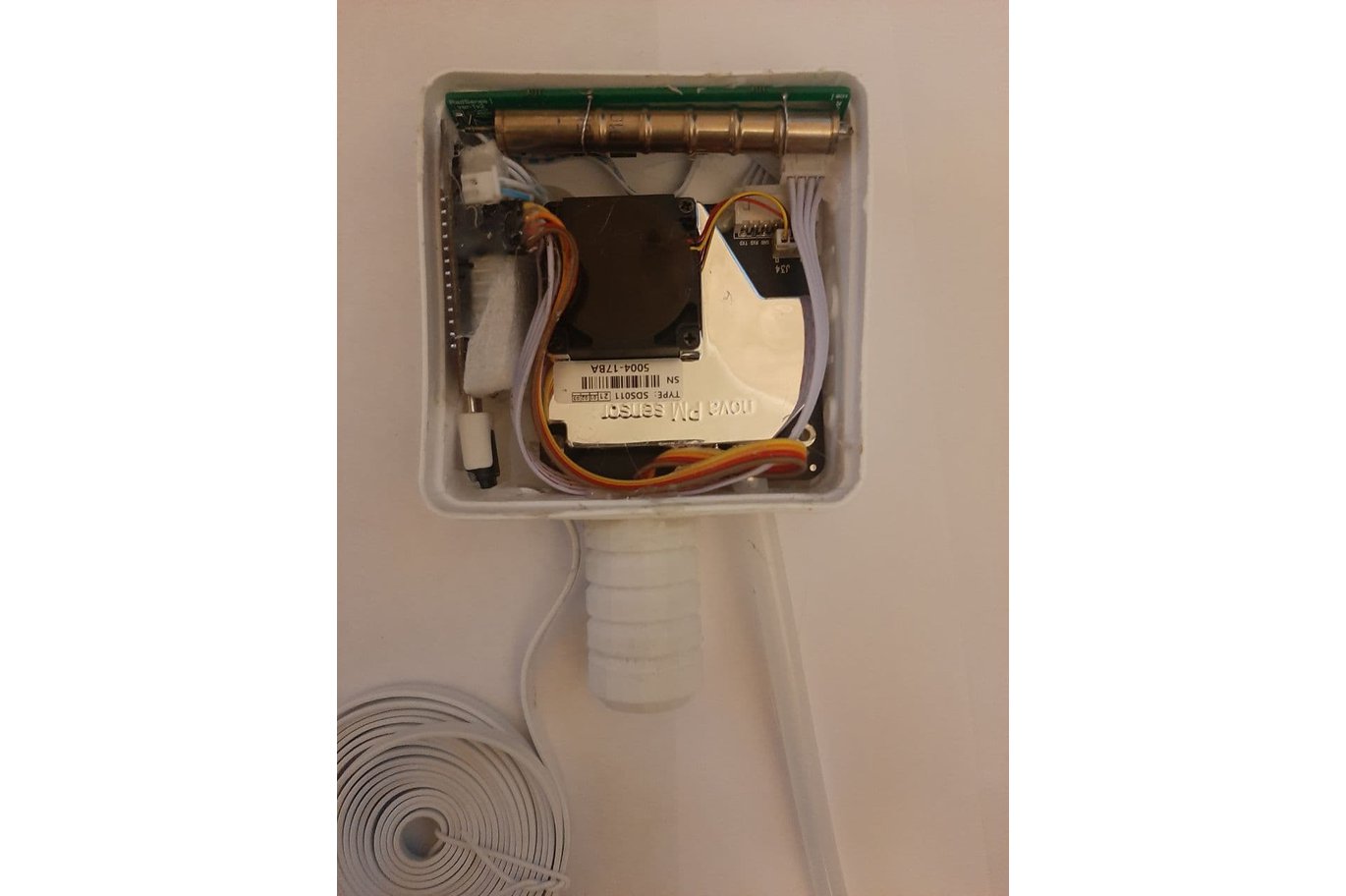
The board measures only 89 х 21 х 16 mm. The supply voltage can be in the range of 3.0V to 3.5V. The maximum current consumption at high radiation is no more than 50mA. For reducing the power consumption, the device supports changing the I2C address and turning off the high voltage generator (400V).
RadSens module Tindie page: https://www.tindie.com/products/climateguard/dosimeter-with-i2c-radsens-arduino/





